Genus Amomum Roxb. s.l. (Amomum Roxb. s.s., Meistera Giseke and Wurfbainia Giseke) (Zingiberaceae) in India
Contents: Foreword. Preface. Acknowledgements. 1. Introduction. 2. Classification. 3. Taxonomic revision. 4. Comparative morphology. 5. Systematic treatment. 6. References. 7. Expansion of herbaria acronyms. 8. Index to Scientific names. Zingiberaceae are the largest of the Zingiberales and members are found primarily in the tropics and subtropics with the centre of diversity in the Indo-Malayan region. Amomum Roxb. s.l. is the second largest genus after Alpinia in the Ginger family with about 150-180 species distributed widely in Southeast Asia. In India, they are occurring mainly in Northeast, Peninsular and the Andaman-Nicobar Islands. Amomum s.l. include many economically important plants like A. subulatum, A. maximum, M. aculeata etc. A. subulatum, large cardamom is one of the major cash crops of India and is one of the ingredients for flavour and fragrance in the food and perfumery industries. Andaman aborigines use M. aculeata for tranquillizing rock bees and harvesting honey. Fruits of A. maximum are used as a vegetable. Amomum s.l. in India is represented by three genera viz. Amomum, Meistera and Wurfbainia. The revision identified 35 taxa of Amomum s.l. from India which include 15 spp. of Amomum s.s. with a variety of A. raoii and 5 cultivars of A. subulatum, 12 ssp. of Meistera and 2 spp. of Wurfbainia. The investigation revealed that 17 species of Amomum s.l. are endemic to India. The authors described 21 taxa New to Science from India. The book includes the details of rediscoveries, new records, new synonyms and typification of taxa from India. The introductory part begins with a brief account of the family and genera followed by various aspects related to the genera like Taxonomy and Floristics, Indian scenario, Phylogeny, Pollination Biology, Embryology, Palynology, Anatomy, Cytology, Phytochemistry, Agronomy, Pathology, Capsule curing, Ethnobotany, Uses, Spice, Medicine, Antibacterial activity, Genetic variability, Micropropagation, etc. This is followed by the detailed classification, comparative morphology and systematic treatment. Systematic part begins with citations of Amomum s.l. and is followed by a brief description of the genera.
Get it now and save 10%
BECOME A MEMBER

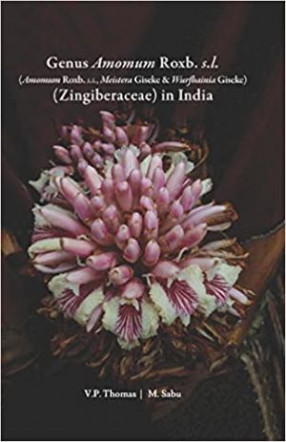
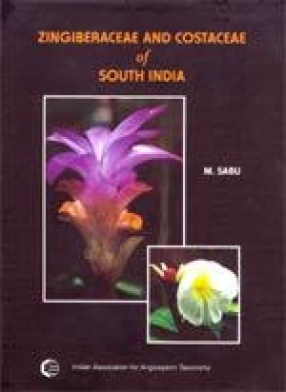
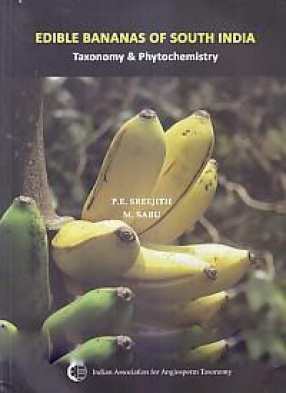
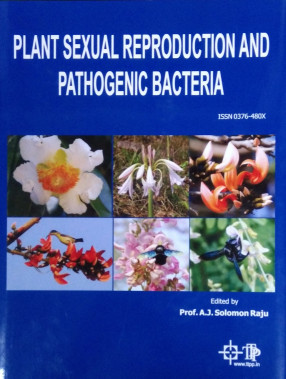
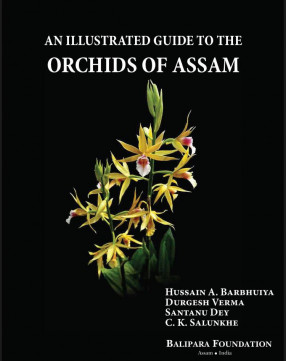
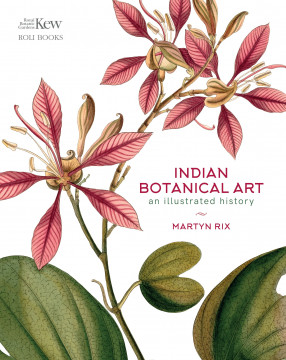
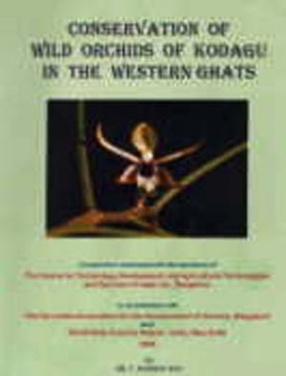

Bibliographic information
M. Sabu